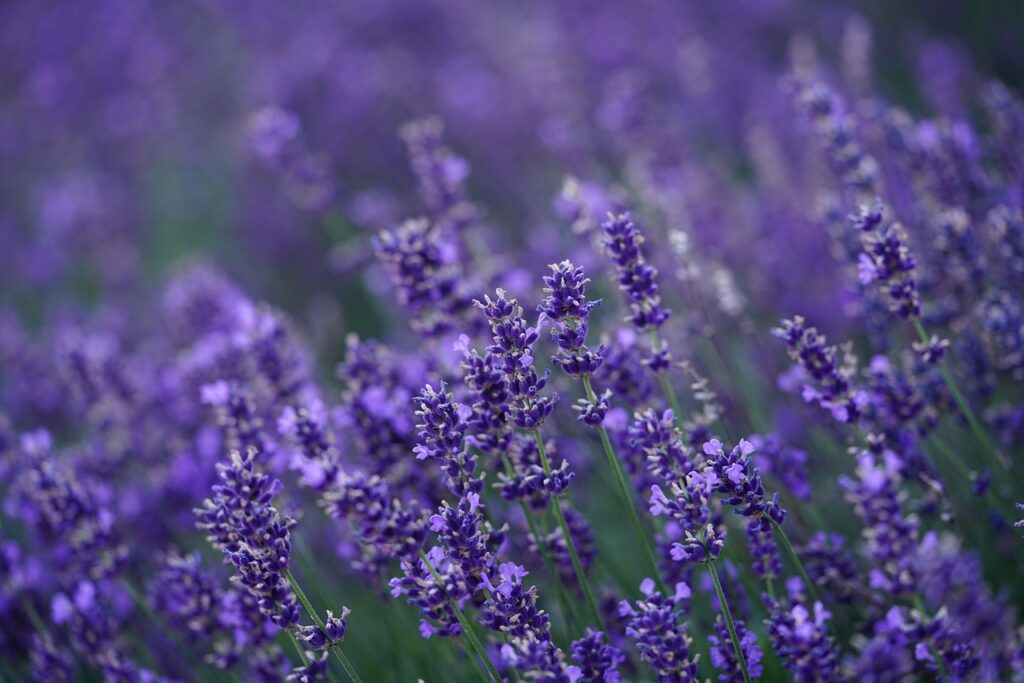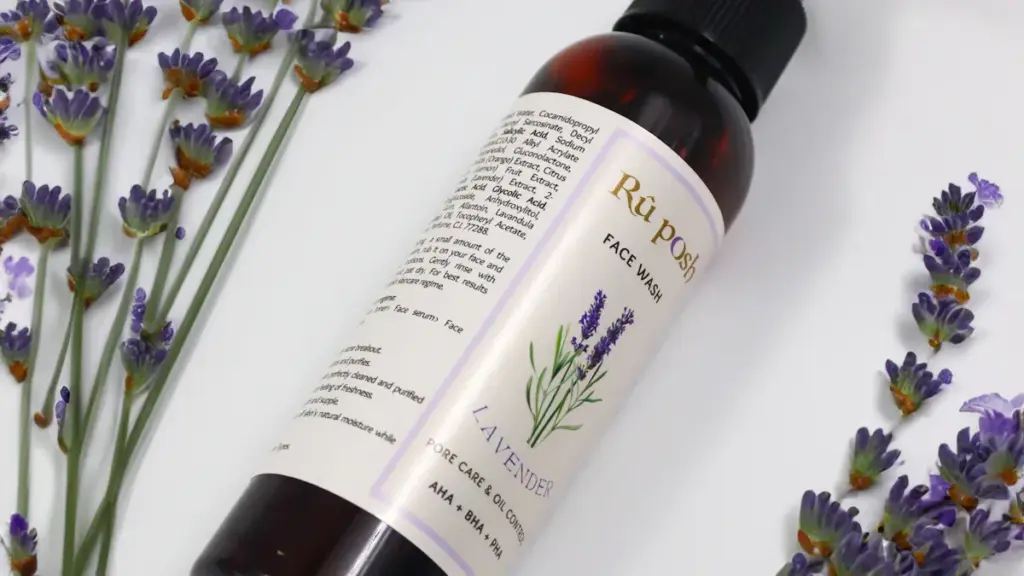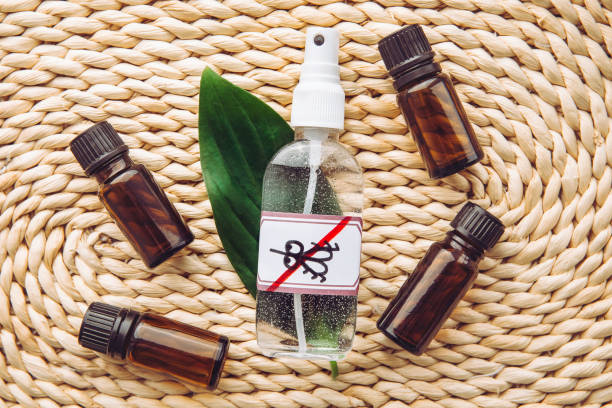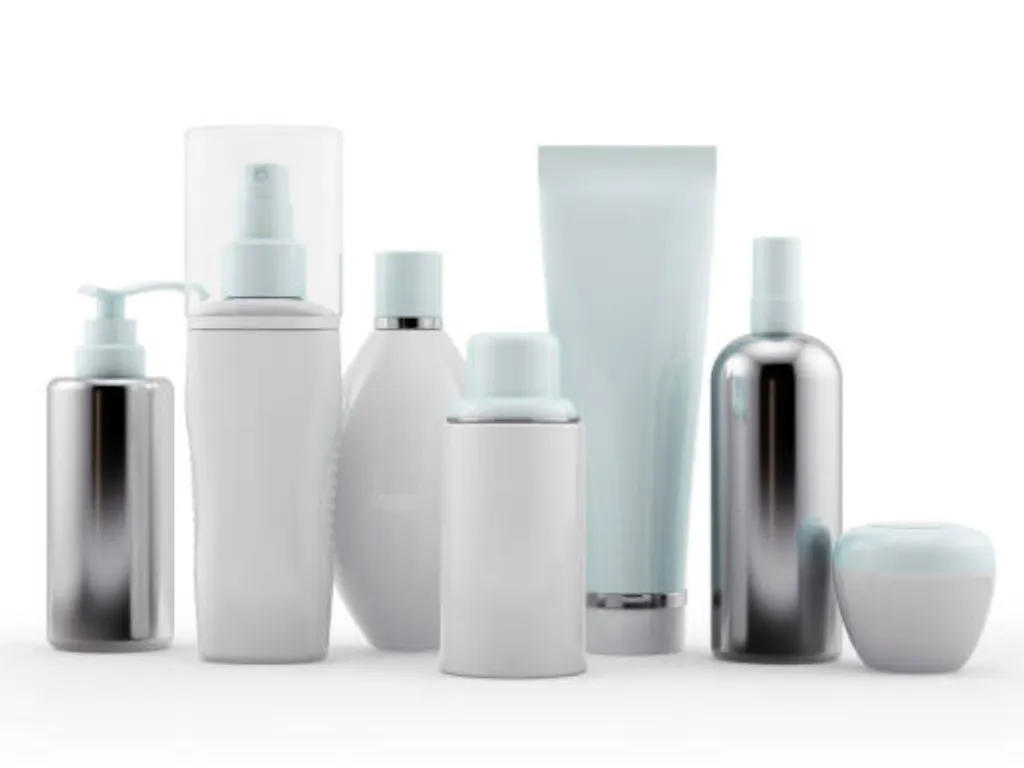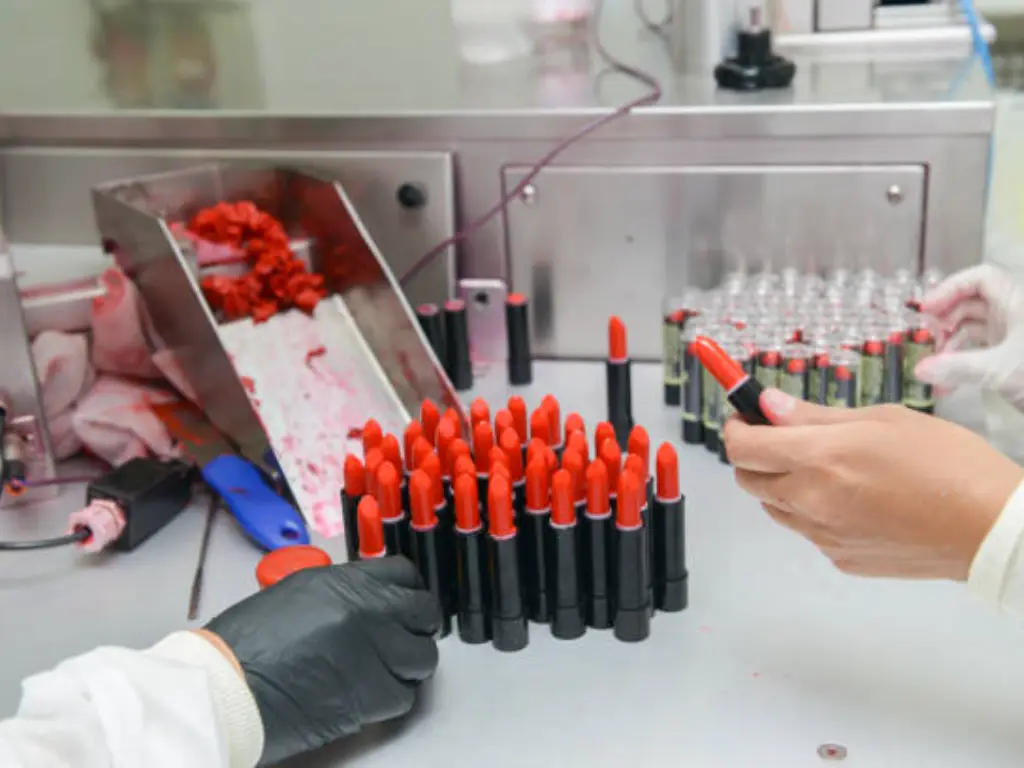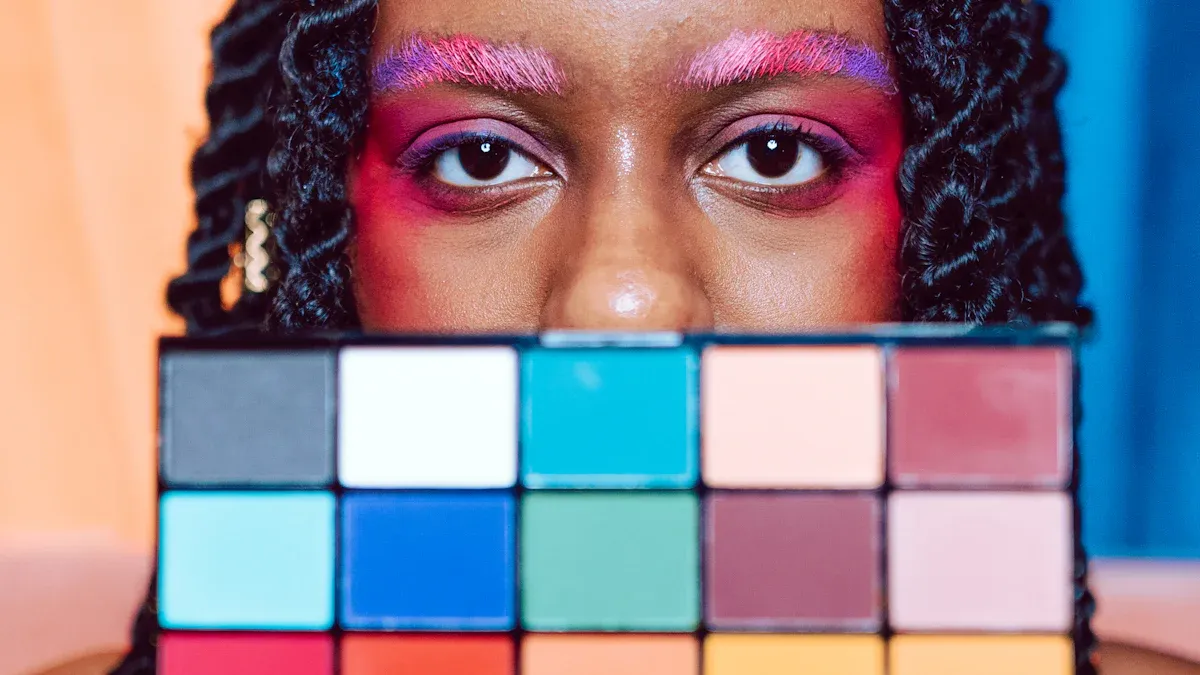
The beauty industry is undergoing a transformation, and you’re witnessing it firsthand. Gen Z and Gen Alpha are redefining what beauty means. These digital-first generations are more than just consumers—they’re trendsetters. Did you know Gen Alpha will nearly hit 2 billion by 2025, with their economic impact projected to reach trillions in the coming years? Their influence is massive, and brands are taking notice. Gen Z consumers, starting as young as 13, and Gen Alpha, experimenting with beauty products by age 8, are shaping a new era of inclusivity, sustainability, and creativity. If you want to stay ahead, understanding their values is key.
Inclusivity and Diversity in Beauty Products
Inclusivity is no longer just a buzzword in the beauty industry—it’s a movement. Both Gen Z and Gen Alpha are demanding products that reflect their diverse identities and values. These generations are reshaping the way brands approach beauty, pushing for representation, authenticity, and innovation. Let’s dive into how inclusivity is transforming beauty products in 2025.
Expanding Shade Ranges and Gender-Neutral Offerings
Have you ever struggled to find a foundation that matches your skin tone? You’re not alone. Many consumers have faced this challenge, but brands are finally stepping up. Expanding shade ranges has become a priority, with companies offering products that cater to a variety of skin tones and undertones. This shift isn’t just about adding more shades—it’s about making everyone feel seen and valued.
Consumers now expect brands to provide shades that match their unique skin tones. Neglecting this can alienate a significant portion of the market.
AI technology is playing a huge role here. It helps brands analyze data to identify gaps in shade ranges and create tailored formulations for diverse skin types.
Gender-neutral beauty products are also gaining traction. Gen Alpha, in particular, believes beauty is for everyone, regardless of gender. Brands like Unlabelled are leading the way with unisex packaging and inclusive messaging.
Key Findings | Description |
|---|---|
Shoppers want products that cater to all skin tones and types. | |
Importance of Undertones | Offering a variety of undertones ensures everyone can find their perfect match. |
AI’s Role in Inclusivity | AI helps brands create inclusive and personalized beauty solutions. |
Marketing Campaigns That Celebrate Inclusion
Marketing isn’t just about selling products anymore—it’s about telling stories. Gen Z and Gen Alpha want to see themselves represented in campaigns. They’re drawn to brands that celebrate diversity and inclusion in authentic ways.
Take Fenty Beauty, for example. Its groundbreaking campaigns showcased models of all skin tones, proving that beauty comes in every shade. Other brands like Milk Makeup and MAC have also embraced inclusivity, featuring diverse models and promoting individuality. These campaigns resonate because they reflect the real world.
67% of Gen Z consumers appreciate recommendations from influencers of different gender identities.
Social media platforms like TikTok and Instagram amplify inclusive campaigns, making them go viral.
Brands that celebrate diversity in their marketing see stronger connections with their audience.
Brand | Campaign Name | Description |
|---|---|---|
Fenty Beauty | Fenty Face | Highlighted diverse skin tones, redefining beauty standards. |
Milk Makeup | Blur the Lines | Promoted inclusivity with unisex packaging and diverse models. |
MAC | #WhatsYourThing | Encouraged individuality and featured models of all ages, races, and genders. |
Revolution | Diverse Beauty Ad | Included a transgender activist and a 90-year-old model, showcasing beauty in all forms. |
Addressing the Needs of Underrepresented Communities
Inclusivity goes beyond shade ranges and marketing—it’s about meeting the unique needs of underrepresented communities. From adaptive beauty products to targeted solutions for specific demographics, brands are finding ways to make everyone feel included.
Non-white and multiracial shoppers are driving demand for tailored products.
Male beauty shoppers are becoming a growing segment, with brands creating products specifically for men.
Adaptive beauty products are addressing the needs of individuals with disabilities, ensuring that beauty is accessible to all.
Segment Type | Key Insights |
|---|---|
Non-white and multiracial shoppers | Significant growth in multiracial populations highlights the need for tailored products. |
Male beauty shoppers | Men are increasingly interested in beauty products, creating new opportunities for brands. |
Adaptive beauty shoppers | Inclusive product design is essential for individuals with disabilities. |
By addressing these needs, brands are not only fostering inclusivity but also building loyalty among diverse consumer groups. Inclusive beauty is more than a trend—it’s the future.
Sustainability as a Priority in the Beauty Industry
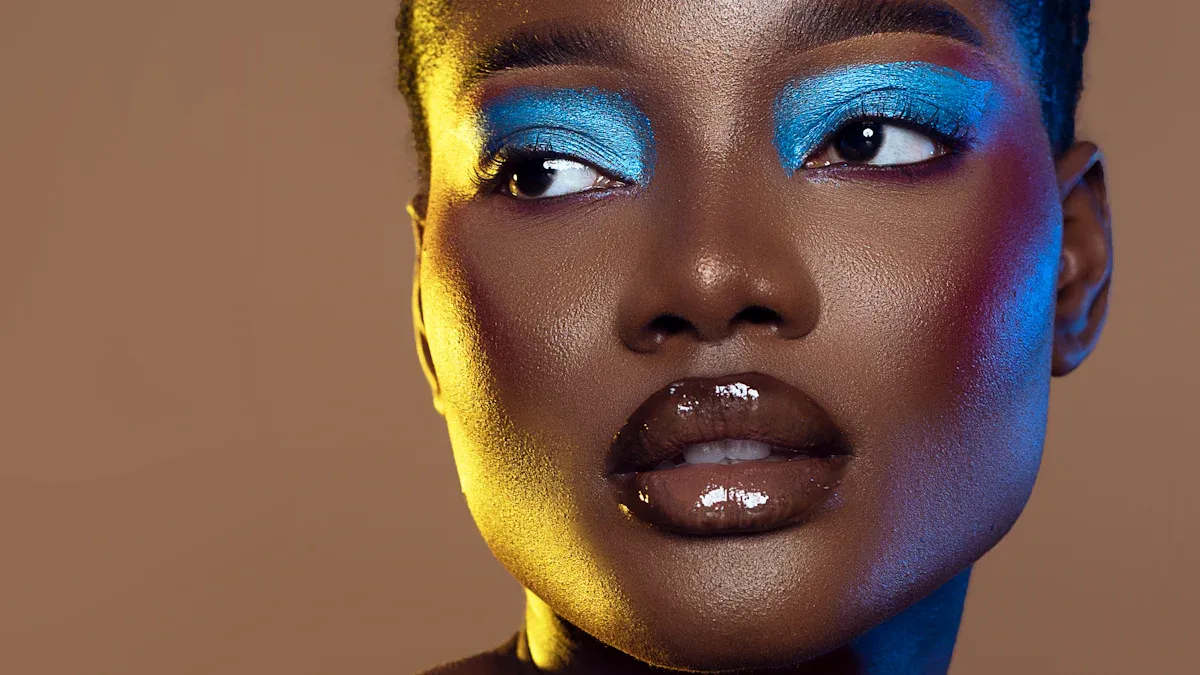
Sustainability isn’t just a trend—it’s a necessity. You’ve probably noticed how the beauty industry is shifting toward eco-friendly practices, and it’s all thanks to growing environmental consciousness among consumers like you. From packaging innovations to clean formulations, brands are stepping up to make beauty better for the planet.
Eco-Friendly Packaging and Refillable Solutions
Have you ever thought about where your empty beauty products end up? Most of them land in landfills, contributing to pollution. That’s why brands are rethinking packaging. Eco-friendly options like refillable containers and materials made from recycled plastics are becoming the norm.
Unilever is leading the charge with its Dove refillable deodorants, cutting down on single-use plastic waste. These refillable solutions don’t just reduce waste—they also save you money in the long run. Plus, they align perfectly with the circular beauty model, where nothing goes to waste.
Tip: Look for products with refillable packaging next time you shop. It’s a small change that makes a big difference for the planet.
Clean Formulations and Ethical Sourcing
You’ve probably heard the term “clean beauty” everywhere lately. But what does it really mean? Clean formulations focus on using natural, safe ingredients that are free from harmful chemicals. These products are not only better for your skin but also for the environment.
Natural ingredients like vitamins and antioxidants nourish your skin while protecting it from damage. They’re also gentler, making them perfect for sensitive skin. Ethical sourcing takes this a step further by ensuring that these ingredients are harvested responsibly, without harming ecosystems or exploiting workers.
Nutrient-rich ingredients like essential fatty acids keep your skin healthy.
Organic farming practices promote biodiversity and avoid synthetic pesticides.
Cruelty-free certifications ensure no animals are harmed during testing.
The demand for clean beauty is reshaping the way skincare products are developed. Over 40% of shoppers now prioritize natural components, and the market for these ingredients is expected to grow significantly by 2030.
Transparency in Manufacturing Practices
Do you ever wonder where the ingredients in your beauty products come from? You’re not alone. Transparency in manufacturing is becoming a top priority for consumers. Brands that openly share their sourcing and production processes are earning trust and loyalty.
A whopping 86% of shoppers want more information about ingredient sourcing. They’re also looking for brands to explain how ingredients work and why they’re safe. This push for transparency is driving the clean beauty movement, which reflects a growing mistrust in traditional practices.
Statistic | Percentage |
|---|---|
Consumers wanting brands to explain ingredient functions | 72% |
Consumers feeling they lack information on ingredient safety | 42% |
Consumers wanting brands to identify ingredient sources | 60% |
Note: When brands communicate openly, they don’t just build trust—they also set themselves apart in a competitive market.
Sustainability is more than just a buzzword. It’s shaping the future of beauty, and you’re part of the change. By choosing eco-friendly, clean, and transparent products, you’re helping the industry move toward a greener, more ethical future.
Technology Transforming Beauty Experiences
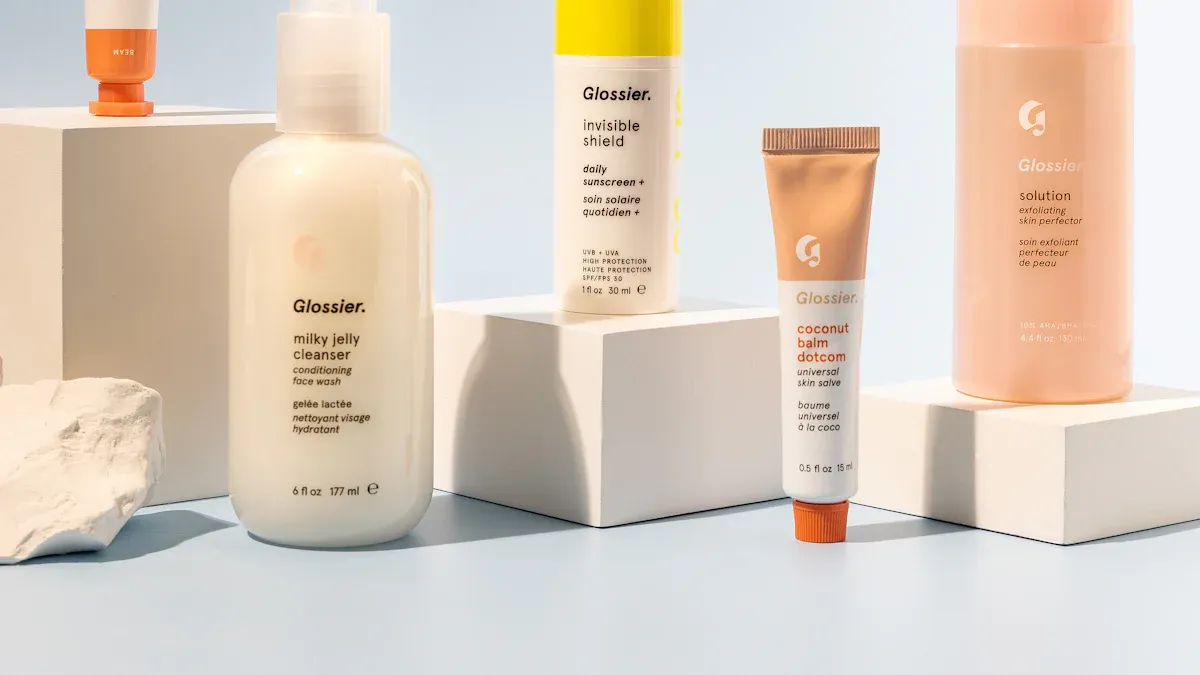
Technology is revolutionizing the way you experience beauty. From personalized skincare routines to virtual try-ons, innovation is making beauty more accessible, efficient, and fun. Let’s explore how these advancements are shaping the future.
AI-Powered Personalization for Skincare and Makeup
Imagine having a skincare routine designed just for you. AI-powered tools are making this possible by analyzing your skin’s unique needs. These systems track factors like hydration levels and texture changes, then recommend products tailored to your concerns. Whether you’re dealing with acne, sensitive skin, or hyperpigmentation, AI ensures you get the right solution.
AI skin analysis tools boast a 95% accuracy rate in identifying common skin issues.
87% of users feel more confident in their skincare choices after using AI diagnostics.
Within eight weeks, 92% of users report visible improvements in their skin concerns.
Younger consumers often focus on acne treatments, while older audiences prioritize anti-aging solutions. AI bridges these gaps by offering science-backed recommendations for everyone. Tools like EveLab Insight even measure up to 40 facial dimensions, empowering you to monitor your skin health like never before.
Demographic | Key Focus Areas |
|---|---|
Younger Consumers | Acne treatments and brightening products. |
Older Audiences | Anti-aging solutions like retinoids. |
Eco-Conscious Consumers | Natural and cruelty-free products. |
Augmented Reality (AR) for Virtual Try-Ons
Have you ever hesitated to buy a lipstick because you weren’t sure how it would look on you? AR solves this problem. Virtual try-ons let you experiment with beauty products from the comfort of your home. You can test different shades, styles, and finishes without any commitment.
A recent survey found that two-thirds of AR users felt less inclined to return products after using virtual try-ons. This reduces waste and saves money on shipping and handling. Plus, it’s just plain fun! You can try bold looks or subtle changes, all with a swipe of your finger.
Tip: Next time you shop online, look for brands offering AR features. It’s a game-changer for finding your perfect match.
Smart Beauty Devices and Wearables
Smart beauty devices are taking personalization to the next level. These gadgets provide real-time tracking and recommendations, helping you achieve your beauty goals. For example, AI-powered devices analyze your skin condition and adjust your routine accordingly. Some even use biotechnology to create customized solutions based on your genetic data.
Evidence Description | Source |
|---|---|
Real-time tracking and personalized recommendations enhance engagement. | Grand View Research |
AI transforms retail experiences into personalized shopping journeys. | Firework |
Biotechnology enables tailored skincare solutions. | Grand View Research |
These devices don’t just improve your routine—they make it more engaging. By combining technology with beauty, they offer a level of personalization that was unimaginable just a few years ago.
Technology is reshaping the beauty industry, making it smarter, more inclusive, and more exciting. Whether it’s AI, AR, or smart devices, these innovations are designed to meet your needs and elevate your experience.
Social Media’s Role in Shaping Beauty Trends
Social media is changing the way you discover beauty products. Platforms like TikTok and Instagram have become the go-to places for finding new brands, learning about beauty trends, and connecting with others who share your interests. Let’s explore how these platforms are shaping the beauty industry in 2025.
TikTok and Instagram as Platforms for Discovery
TikTok and Instagram are more than just apps—they’re discovery engines for beauty. You’ve probably seen viral makeup tutorials or skincare hacks while scrolling through your feed. These platforms make it easy to find products that match your style and needs.
Consumers are 41% more likely to discover new brands or products through social media ads.
Updates on brands’ social media pages influence 47% of shoppers to try new products.
45% of beauty buyers rely on reviews from other users before making a purchase.
Instagram’s Reels and TikTok’s short videos are perfect for showcasing beauty products. They let you see how products work in real life, making your shopping experience more interactive. In fact, TikTok’s influence is so strong that 85% of frequently purchased products in the U.S. beauty category were discovered there in 2023.
Tip: Follow your favorite brands on social media to stay updated on new launches and exclusive deals.
The Power of Micro-Influencers and Authentic Content
Big celebrities aren’t the only ones shaping beauty trends. Micro-influencers, with smaller but highly engaged audiences, are leading the way. Their recommendations feel more genuine, and you’re more likely to trust their opinions.
Micro and nano influencers create authentic endorsements that resonate with their followers.
User-generated content (UGC) lets real customers share their experiences, making marketing efforts more relatable.
Organic marketing builds credibility and expands reach in the beauty industry.
When influencers share their honest reviews, it feels less like an ad and more like advice from a friend. This authenticity is what makes influencer marketing so effective in the beauty world.
Building Community Through User-Generated Content
Social media isn’t just about discovering products—it’s about building connections. User-generated content (UGC) plays a huge role in creating beauty communities. When you share your product reviews, photos, or unboxing videos, you’re contributing to a larger conversation.
Type of UGC | Description |
|---|---|
Product reviews | Detailed feedback from customers about their positive experience with a product. |
Customer photos | Visual content shared by customers showcasing products in real-life scenarios. |
Unboxing videos | Videos where customers showcase the unpackaging of a new product, highlighting the shopping experience. |
Blog posts | Posts from customers that mention or review a brand or product. |
Online community contributions | Contributions to forums and discussion boards that foster community engagement. |
Community building activities | Activities that promote community building around a brand or product. |
UGC feels more credible than branded content because it comes directly from other consumers. It builds trust and helps you make informed decisions. Plus, it’s a cost-effective way for brands to engage with their audience.
Social media-driven beauty is all about discovery, authenticity, and connection. Whether you’re finding new beauty products, following influencers, or sharing your own experiences, you’re part of a growing community that’s shaping the future of the beauty industry.
Self-Expression and Creativity in Beauty
Self-expression is at the heart of beauty in 2025. You’re not just wearing makeup anymore—you’re telling a story, showcasing your personality, and embracing your individuality. Let’s explore how bold trends, customizable products, and the fusion of beauty with art and fashion are empowering you to express yourself like never before.
Bold and Experimental Makeup Trends
Have you noticed how makeup is becoming more daring? Bold colors, glittery finishes, and experimental designs are everywhere. Platforms like TikTok are fueling this trend, with hashtags like #euphoriabeauty racking up billions of views. You’ll see neon eyeshadows, duo-chrome eyelids, and glitter-covered lips dominating your feed. It’s all about having fun and stepping outside your comfort zone.
Case Study | Description |
|---|---|
Colour Cosmetics Make a Bold Comeback | Makeup sales are growing twice as fast as skincare, with neon and shimmer leading the charge. |
TikTok Influence | Viral trends like glitter lips and bold eyeshadows are reshaping beauty norms. |
Pop Culture Impact | Celebrities like Emma Chamberlain inspire daring looks with vibrant colors. |
Brand Responses | Brands like MAC are launching vivid palettes to meet the demand for bold makeup. |
This shift reflects a growing desire for self-expression. You’re no longer confined to traditional beauty standards. Instead, you’re free to experiment and create looks that feel uniquely yours.
Customizable Products for Individual Preferences
Imagine a foundation that matches your exact skin tone or a lipstick shade you designed yourself. Customizable beauty products are making this a reality. Younger consumers, especially Gen Z, are driving this trend. They want products tailored to their skin type, concerns, and preferences. It’s not just about looking good—it’s about feeling seen.
The beauty industry is embracing personalization to meet your unique needs.
Customization also aligns with sustainability, reducing waste by creating products you’ll actually use.
When you’re involved in creating your products, they feel more meaningful and connected to your personal expression.
Gen Z values personalized experiences over mass production.
Technology, like AI, makes it easier to create tailored solutions.
This trend is reshaping the industry, pushing brands to innovate.
Next time you shop, look for brands offering customization options. It’s a game-changer for expressing your individuality.
The Intersection of Beauty, Fashion, and Art
Beauty isn’t just about makeup anymore—it’s a form of art. You’re seeing bold, retro aesthetics inspired by pop culture and fashion trends. Think multidimensional eyeshadows, statement lips, and nostalgic Y2K vibes. These looks aren’t just trendy; they’re a celebration of creativity and individuality.
AI tools are helping predict trends, making it easier for you to experiment with new styles.
The fusion of beauty and fashion is creating a playground for self-expression.
Emerging trends like bold colors and artistic designs reflect a desire for self-expression through creativity.
As technology evolves, it’s redefining how you approach beauty. You’re not just following trends—you’re setting them. Whether it’s a vibrant eyeshadow or a fashion-forward lip color, you’re turning beauty into a canvas for your imagination.
Actionable Insights for Brands in the Beauty Industry
Building Authentic Connections with Gen Z and Gen Alpha
To connect with Gen Z and Generation Alpha, you need to meet them where they are—both physically and emotionally. These generations value inclusivity, sustainability, and self-expression. They want brands that reflect their values and celebrate their individuality.
One way to build trust is by emphasizing inclusivity and sustainability in your messaging. Gen Alpha, in particular, gravitates toward eco-friendly products and diverse representation. Interactive experiences, like gamified campaigns or augmented reality (AR) tools, can also capture their attention. For example, AR lets them try on products virtually, making the experience both fun and personal.
Insight Type | Description |
|---|---|
Sustainability & Inclusivity | Gen Alpha prefers eco-friendly products and values diversity. Brands should emphasize genuine sustainability and inclusivity in their marketing. |
Interactive Experiences | Incorporating gamification and AR in digital marketing can engage Gen Alpha effectively. |
Omnichannel Strategy | A seamless transition between online and offline channels enhances the shopping experience for Gen Alpha. |
By creating authentic, interactive experiences, you’ll foster deeper connections with these tech-savvy, socially conscious consumers.
Investing in Sustainable and Inclusive Product Development
Sustainability and inclusivity aren’t just trends—they’re expectations. Gen Z consumers and Gen Alpha demand products that align with their values. Inclusive beauty, like Fenty Beauty’s groundbreaking 40-shade foundation range, proves that catering to diverse needs pays off. Fenty achieved $100 million in sales within its first 40 days, showing the power of inclusive and personalized beauty.
Consumers also reward brands that acknowledge their uniqueness. A Harvard Business Review study found that 64% of shoppers actively support brands that make them feel seen. By investing in sustainable and inclusive product development, you’re not just meeting market demand—you’re building loyalty.
Additionally, inclusivity helps protect your brand’s reputation. In today’s scrutinized market, accusations of “diversity washing” can harm your image. Adopting inclusive design principles ensures you stay ahead while avoiding potential legal or ethical pitfalls.
Leveraging Technology to Enhance Consumer Engagement
Technology is your secret weapon for engaging today’s beauty consumers. Tools like virtual try-ons and live video shopping are transforming how people shop. Virtual try-ons, used by brands like Clinique and YSL, let customers test products online, boosting satisfaction and reducing returns. In fact, brands using virtual try-ons have seen a 2.5-fold increase in conversion rates.
Live video shopping increases conversion rates by 4 to 10 times.
Virtual storefronts replicate in-store experiences, making online shopping more immersive.
AI-powered recommendations, like those from Sephora, boost revenue by 5-15%.
These tools don’t just enhance engagement—they make shopping more personal and fun. By integrating technology into your strategy, you’ll create memorable experiences that keep customers coming back.
Partnering with Experts Like Oully for Custom Solutions
When it comes to creating beauty products that resonate with Gen Z and Gen Alpha, you need a partner who understands the pulse of the industry. That’s where Oully comes in. With over a decade of experience, Oully specializes in helping brands like yours bring their vision to life through custom solutions.
Why is partnering with experts like Oully so important? The beauty industry is constantly evolving, and staying competitive means keeping up with trends and consumer demands. Here’s what’s driving the need for adaptability:
Product innovation is the backbone of the cosmetics industry. Without it, brands risk falling behind.
Consumers are shifting toward clean beauty, demanding natural and organic products.
Technology, like AI and AR, is transforming how people experience beauty, making it essential for brands to integrate these advancements.
Oully’s expertise ensures you don’t just keep up—you lead. Their FDA-, ISO-, and cGMP-certified facility offers everything you need, from custom formulations to eco-friendly packaging. Whether you’re looking to create refillable containers or clean beauty products, Oully has the tools and knowledge to make it happen.
Tip: Collaborating with a trusted manufacturer like Oully can save you time and resources while ensuring your products meet the highest standards.
Oully also understands the importance of flexibility. With low minimum order quantities (MOQs) and fast production turnaround times, you can test new ideas without overcommitting. Plus, their dropshipping services make it easier to reach your customers worldwide.
By partnering with Oully, you gain more than a manufacturer—you gain a collaborator who shares your commitment to innovation, sustainability, and inclusivity. Ready to create beauty products that stand out? Oully is here to help you turn your ideas into reality.
The beauty industry is evolving faster than ever, and staying adaptable is no longer optional—it’s essential. You’ve seen how inclusivity, sustainability, and technology are reshaping beauty trends. These aren’t just passing fads; they’re the foundation for long-term success.
The global fashion and beauty market is booming, with projections showing it could more than double in value within six years.
Conscious consumerism is on the rise. People like you are prioritizing quality, versatility, and ethical practices in beauty products.
The fusion of sustainability, inclusivity, and digital innovation is opening doors for brands to create meaningful connections with Gen Z and Generation Alpha.
As a consumer, you’re driving this change. Your choices are shaping a future where beauty celebrates individuality, protects the planet, and embraces cutting-edge technology. The next chapter of beauty is bright, and you’re at the heart of it.
FAQ
What makes Gen Z and Gen Alpha different from other generations in beauty preferences?
Younger generations value inclusivity, sustainability, and self-expression. Gen Z, for example, prioritizes eco-friendly products and diverse representation. They also embrace bold, creative trends and expect brands to align with their values. These preferences are reshaping the beauty industry.
How can I find beauty products that match my skin tone?
Look for brands offering expanded shade ranges or customizable options. Many now use AI tools to help you find the perfect match. Virtual try-ons are also a great way to test products before buying.
Are refillable beauty products worth it?
Absolutely! Refillable products reduce waste and save money over time. They’re perfect if you care about sustainability. Plus, many brands now offer stylish, eco-friendly packaging that looks great on your vanity.
How does technology improve my beauty routine?
AI-powered tools recommend personalized skincare, while AR lets you try makeup virtually. Smart devices track your skin’s health and adjust routines for better results. These innovations make beauty more efficient and fun.
Why is inclusivity important in beauty?
Inclusivity ensures everyone feels represented and valued. Brands that cater to diverse skin tones, genders, and abilities build stronger connections with their audience. It’s not just a trend—it’s the future of beauty.

